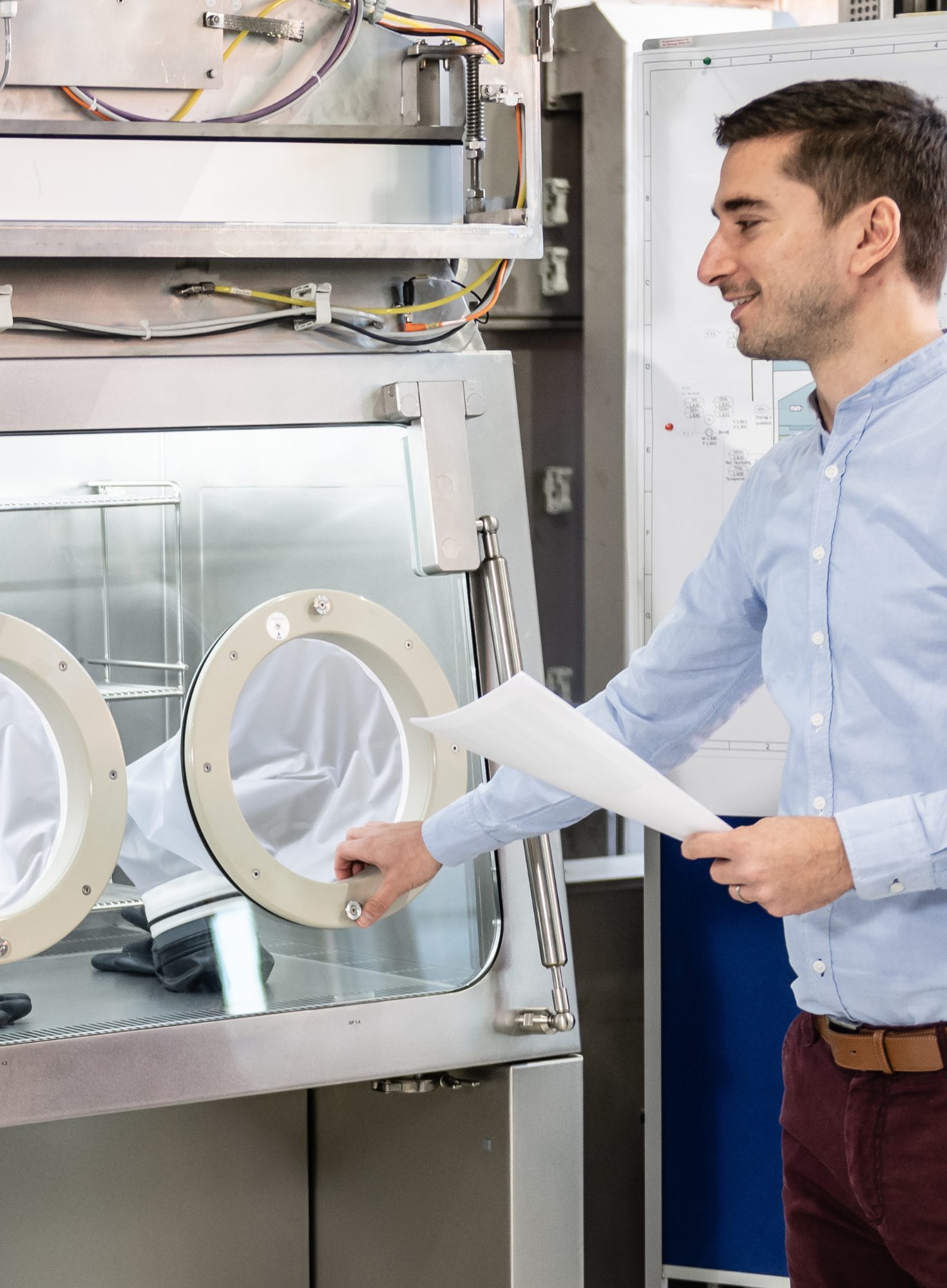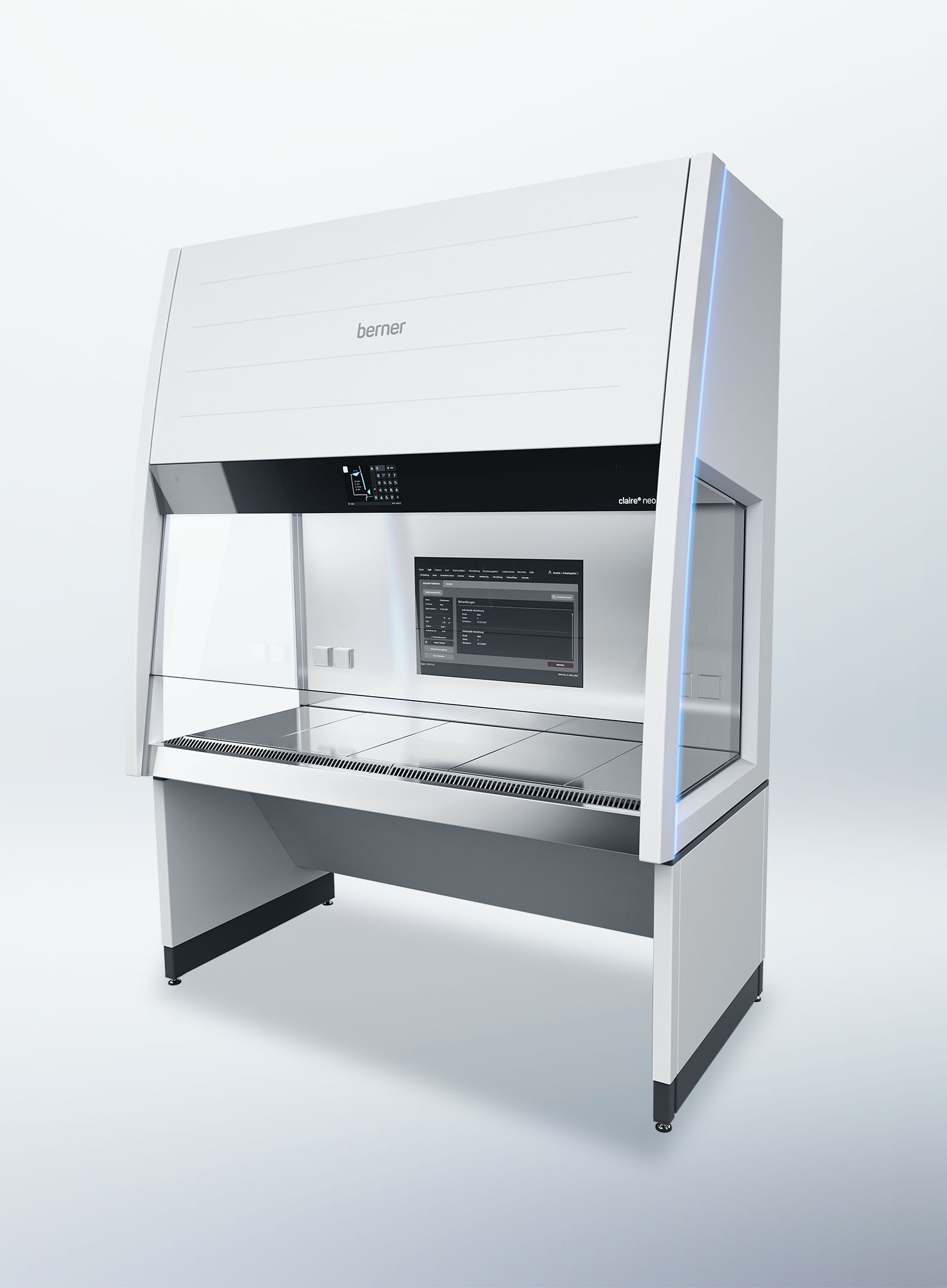Choosing the right containment system—isolators, biosafety cabinets (BSCs), or restricted access barrier systems (RABS)—impacts sterility, compliance, and efficiency in aseptic manufacturing.
Maintaining strict sterility in pharmaceutical manufacturing is non-negotiable. Regulatory frameworks such as Annex 1 of the European Union’s Eudralex Volume 4 emphasize the need for selecting the right containment technologies to prevent contamination. Among the available options, isolators, biosafety cabinets (BSCs), and restricted access barrier systems (RABS) each play a role in aseptic processing. However, isolators are increasingly recognized as the gold standard, delivering superior sterility assurance and operational efficiencies.
This article explores the key differences, advantages, and limitations of these three technologies, helping professionals in biotechnology and pharmaceutical manufacturing make informed decisions.
Isolators: the high-performance containment solution
What are isolators?
Isolators create a sealed environment, protecting the process from contamination through physical barriers. Operators interact with the internal space using glove ports, ensuring complete separation between personnel and the aseptic zone.
Advantages of isolators:
- Unmatched sterility assurance: Isolators achieve a 10⁻⁶ sterility assurance level (SAL), significantly reducing contamination risks compared to the 10⁻³ SAL of BSCs.
- Regulatory compliance: Annex 1 highlights isolators as a premier solution for reducing contamination from personnel, materials, and the environment.
- Lower cleanroom requirements: Unlike BSCs, which require a Grade B cleanroom, isolators can operate in a Grade C or unclassified environment, lowering facility costs.
- Automated decontamination: Most isolators use validated hydrogen peroxide vapor decontamination, ensuring consistent and reliable sterility assurance.
- Operational cost savings: Reduced HVAC demand, lower gowning needs, and enhanced worker efficiency contribute to long-term financial benefits.
Limitations:
- Higher initial investment: The upfront cost of isolators is significant, along with extended implementation timelines.
- Maintenance complexity: Long-term airtight sealing requires specialized maintenance.
Biosafety cabinets: accessible but limited
What are biosafety cabinets?
BSCs are open-front containment systems that use airflow to create aseptic conditions. They are available in different classes (I, II, or III), each offering varying levels of protection for operators and products.
Advantages of BSCs:
- Cost-effective for small-scale use: BSCs have lower upfront costs, making them suitable for small-scale or non-critical aseptic tasks.
- Ease of access: Open designs facilitate tasks requiring frequent manual intervention, such as sampling and small-scale cell culture.
Limitations:
- Lower sterility assurance: With an SAL of 10⁻³, BSCs are more vulnerable to contamination from operator movements and airflow disruptions.
- High cleanroom requirements: BSCs require a Grade B cleanroom to maintain aseptic conditions, increasing operational costs.
- Manual decontamination: The reliance on manual cleaning introduces variability and reduces sterility consistency.
- Compliance challenges: Meeting Annex 1 standards often necessitates additional infrastructure and procedural controls.
Restricted access barrier systems: a flexible compromise
What are RABS?
RABS feature rigid barriers and controlled airflow, forming a semi-closed system. Operators can access the aseptic zone in emergencies, introducing variability in contamination risk.
Advantages of RABS:
- Improved containment over BSCs: RABS offer better separation between personnel and aseptic areas than BSCs.
- Lower capital costs than isolators: While not as robust as isolators, RABS present a middle-ground solution at a lower investment level.
Limitations:
- Inconsistent decontamination: Manual or semi-automated cleaning is less reliable than the fully automated decontamination used in isolators.
- Intervention risks: Opening system doors during operations increases contamination risks, particularly in high-intervention processes.
- Regulatory considerations: Annex 1 favors isolators for aseptic processing, placing RABS as a secondary option.
Operational considerations
| Factor | BSCs | RABS | Isolators |
|---|---|---|---|
| Sterility assurance level (SAL) | 10⁻³ SAL (3-log reduction) | 10⁻⁴ SAL (4-log reduction) | 10⁻⁶ SAL (6-log reduction) |
| Annex 1 compliance | Transfer challenges | Semi-verifiable compliance | Verifiable compliance |
| Disinfection | Manual wipe-down | Manual to semi-automated | Automated decontamination |
| Data management | Manual data logging | Semi-automated data logging | Automated GMP data |
| Equipment integration | Basic / benchtop | Moderate integration | Fully integrated |
| Facility operating costs | Higher | Moderate | Lower |
| Equipment capital cost | Lower per unit cost | Moderate per unit cost | Higher per unit cost |
Why isolators are the gold standard
Regulatory compliance
Annex 1 prioritizes isolators for minimizing contamination from personnel and environmental exposure. Their validated designs and automated systems make them the top choice for high-risk applications.
Operational efficiency
Isolators reduce HVAC demands, gowning requirements, and cleanroom maintenance costs. While the initial investment is higher, these savings accumulate over time.
Safety and performance
With the highest sterility assurance level (10⁻⁶ SAL) and the ability to handle both hazardous materials and sensitive aseptic processes, isolators are the optimal choice for pharmaceutical manufacturing and advanced therapies.
Final thoughts: a strategic choice
Choosing between isolators, BSCs, and RABS depends on a facility’s regulatory needs, operational scale, and long-term investment considerations.
For high-volume manufacturing or stringent sterility assurance, isolators stand out as the superior choice. They align with Annex 1 directives, reduce long-term costs, and provide unparalleled contamination control.
For smaller-scale operations or lower-risk applications, BSCs or RABS will suffice—but with trade-offs in sterility assurance and regulatory compliance. As the industry evolves and regulatory expectations rise, isolators are set to dominate aseptic manufacturing, ensuring the highest standards in quality and safety for pharmaceutical and biotechnology applications.
Need guidance?
For expert recommendations on aseptic processing and our unique solutions, contact us. Our specialists can help you choose the best containment system for your needs.




